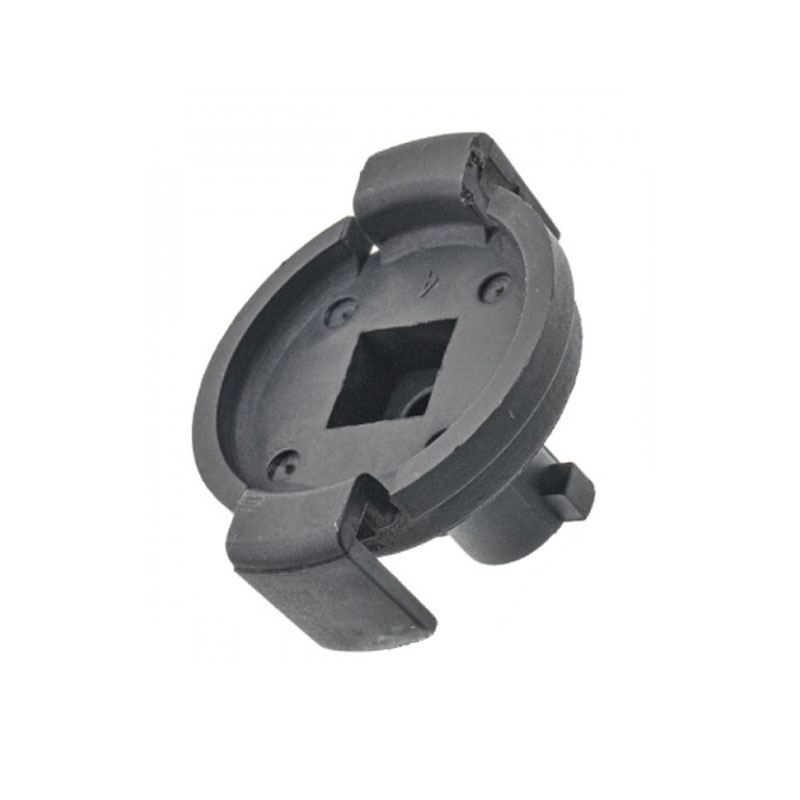727 transmission dipstick tube seal
Understanding the Importance of the 727 Transmission Dipstick Tube Seal
The 727 transmission, primarily known for its robust performance, was a popular automatic transmission that Chrysler introduced in the early 1960s. It can be found in a variety of vehicles, particularly in the muscle cars and trucks of that era. One critical component that often goes unnoticed but plays a significant role in the functionality of the 727 transmission is the dipstick tube seal.
What is a Dipstick Tube Seal?
The dipstick tube seal is a small but essential component that sits at the base of the transmission dipstick tube. Its primary function is to prevent transmission fluid from leaking out of the tube where it meets the transmission case. Located above the oil pan, the dipstick tube extends into the transmission and allows for the checking of fluid levels. If the seal fails, it can lead to fluid leaks that compromise the transmission's operation and longevity.
Importance of the Dipstick Tube Seal
1. Fluid Retention The seal ensures that the transmission fluid remains contained within the system. Transmission fluid serves as both a lubricant and a coolant, maintaining optimal transmission temperatures and facilitating smooth gear shifts. A leak can result in low fluid levels, leading to increased friction and potential transmission failure.
2. Preventing Contamination A functional dipstick tube seal also protects the transmission from outside contaminants. Dust, dirt, and debris can enter the transmission through a compromised seal, leading to wear and tear on internal components. This contamination can affect the performance of the transmission, leading to costly repairs.
3. Ease of Maintenance A good-quality seal simplifies maintenance tasks such as checking fluid levels and performing fluid changes. When the seal is intact, mechanics and vehicle owners can easily access the dipstick without worrying about fluid spillage or contamination.
Signs of a Failing Dipstick Tube Seal
Recognizing issues with the dipstick tube seal can prevent more significant problems down the road. Here are some warning signs that indicate the seal may be failing
1. Fluid Leaks One of the most obvious signs is the presence of red or brown transmission fluid leaking from the base of the dipstick tube.
727 transmission dipstick tube seal

3. Overheating An overheating transmission can be a sign of low fluid levels due to leaks, which can be traced back to a failing dipstick tube seal.
4. Erratic Shifting If the transmission experiences erratic shifting patterns, it could be due to insufficient fluid levels resulting from a seal failure.
Replacement of the Dipstick Tube Seal
Replacing a failing dipstick tube seal is a relatively simple and cost-effective repair that can save a lot of trouble in the long run. Here’s a basic breakdown of the steps involved
1. Drain Fluid Start by draining the transmission fluid to avoid spills during the replacement process.
2. Remove the Dipstick Tube Unscrew the dipstick tube from the transmission. This step may require specific tools, depending on the vehicle model.
3. Replace the Seal Carefully remove the old seal and replace it with a new one. Ensure the new seal fits snugly to prevent future leaks.
4. Reassemble Reinstall the dipstick tube and fill the transmission with the appropriate type and amount of fluid.
5. Check for Leaks After completing the replacement, start the vehicle and check for any leaks around the dipstick tube area.
Conclusion
The dipstick tube seal, while small, plays a critical role in the overall health of the 727 transmission. By ensuring fluid retention and protecting against contamination, this component helps maintain optimal performance and longevity. Recognizing the signs of a failing seal and replacing it promptly can prevent more extensive and costly repairs. For owners of vehicles equipped with the 727 transmission, proper maintenance of the dipstick tube seal is vital for a smooth and reliable driving experience.
-
Understanding Different Types of Oil Drain Plugs: A Comprehensive Guide
News Jun.27,2025
-
The Role of Nylon Washers in Oil Drain Maintenance: A Practical Guide
News Jun.27,2025
-
The Essential Guide to Drain Plug Washers: Types, Uses, and Best Practices
News Jun.27,2025
-
Everything You Need to Know About Washer and Plug Sealing: Polaris-Specific and General Tips
News Jun.27,2025
-
A Comprehensive Guide to Different Types of Oil Drain Plugs for Efficient Maintenance
News Jun.27,2025
-
A Complete Guide to Oil Drain Plug Washers: Tridon and Euro Car Parts Solutions
News Jun.27,2025
-
Understanding Oil Drain Plugs: Types, Issues, and Replacements
News Jun.26,2025
Products categories















